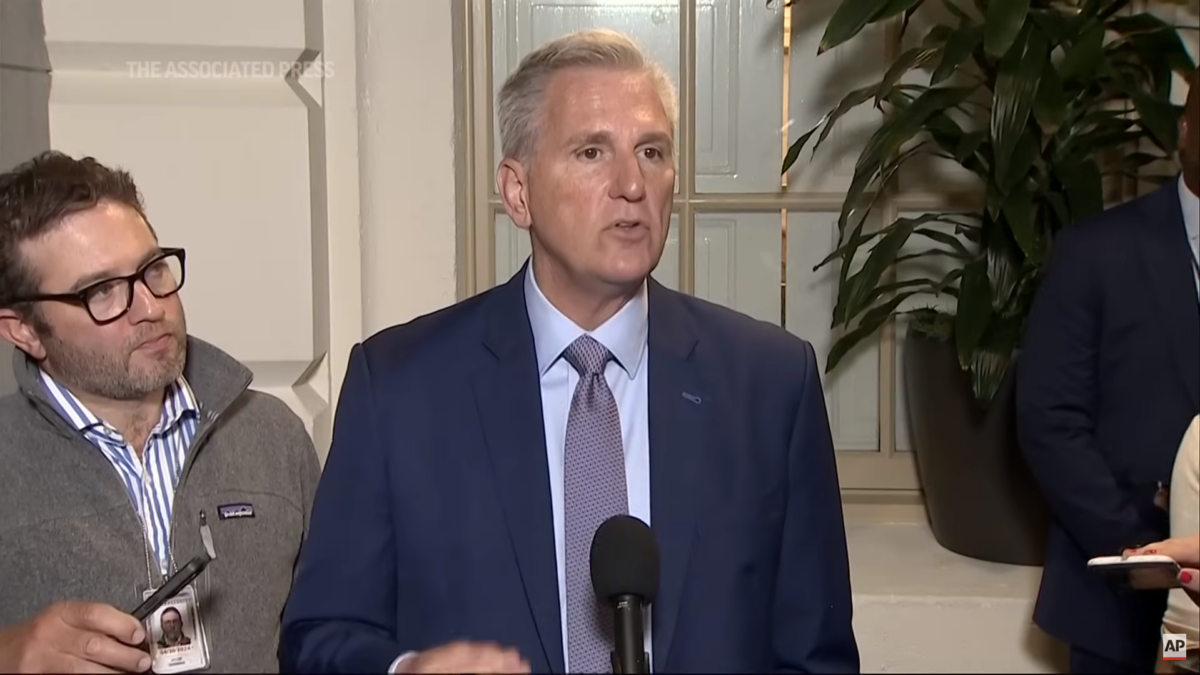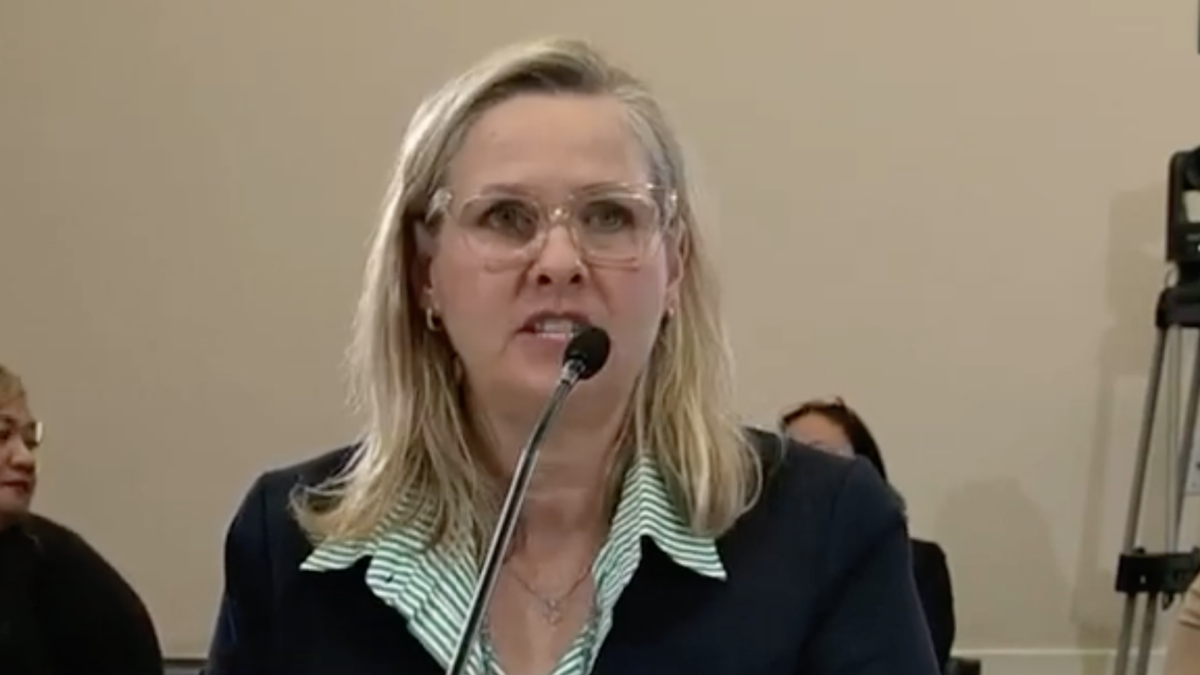
What is financial illiteracy, and how much does it matter in our day-to-day lives? The cover story for the May issue of The Atlantic, titled “The Secret Shame of Middle-Class Americans,” attempts to find out.
Author Neal Gabler credits and blames “financial illiteracy” for a number of middle-class ailments, such as crushing debt, inability to meet financial obligations (like paying bills), difficulty padding savings accounts, depression, anxiety, and more. Gabler posits an odd theory that financial impotency (his words) is worse than sexual impotency and that “to struggle financially is a source of shame, a daily humiliation—even a form of social suicide. Silence is the only protection.”
The article delves into the causes of financial struggle, which is interesting in itself, but Gabler never seems able to escape the construct he built around it. He tries to own up to his money mismanagement a number of times, and seems sincere. But in the background is always the perfect scapegoat of “financial illiteracy.”
Duh: Spend Less Than You Make
Is financial illiteracy real? Of course. The ins and outs of things like 401(k)s, IRAs (Roth or traditional?), investments, so-called wealth management, and so on are complicated. Really complicated. But the basics of managing money are not complicated or difficult to understand. The underlying principle is simple: don’t spend more money than you make.
Student loans or credit cards can make that difficult, but it’s not impossible, and the degree to which one is financially literate, so to speak, might give one a leg up in activities such as choosing between two stocks or a retirement account. But everyone is playing the same game regarding saving, spending, and debt.
Take as an example a salary of $36,237, which according to Time is the median salary for college graduates with liberal arts degrees. That’s not a lot of money, especially in a big city with a high cost of living or in a state with a high tax rate. After taxes (approximately $600 per month), rent, utilities, groceries, and miscellaneous spending, it might be possible to save $500 per month—in a good month. In a bad month, those savings could plummet to $300 or less, and with student loans that savings rate can go even lower.
But — there is always a but — the story doesn’t end there. Perhaps after bills, rent, and other expenses it’s possible to put away $200 or $300 per month. That’s not a lot of money to save, invest, or put towards retirement. But it’s money saved and debt avoided — and, as Gabler points out, “when debt goes up, savings go down.”
Try Earning More and Moving Outta Dodge
Further, even a nine-to-five job leaves room to pursue income on the side. Hobbies can become lucrative careers in their own right; just ask all the craft beer brewers who used to work office jobs but gave it up to cash in on their hobby. Uber and Lyft, part of the “sharing economy,” offer ways to make money that didn’t even exist ten years ago.
Outside of hobbies there are a number of other jobs, albeit less glamorous, that can generate spending money. Working nights and weekends at Taco Bell is just as legitimate a way to make money as a job at Google is.
What about those who have a family and a mortgage, and can’t feasibly work two jobs? As Kevin Williamson wrote in National Review, “If you want to live, get out of Garbutt.” That is to say, if you live in an area with a failing economy, pick up and move. The Left roundly criticizes conservatives for this idea, as if moving out of a bad economic zone and into a good one is a draconian expectation. Moving a family is indeed difficult, but then again, no one said it was easy.
I had a friend in school, for example, who moved from Illinois to Alaska, not because Illinois is a terrible state (although, fiscally, it is), but because Alaska offered a better economic opportunity. So moving is difficult — but not impossible. Stephen Moore, the well-known conservative economist, reported last year that 1,000 people move from blue states to red states every day:
The new Census data on where we live and where we moved to in 2014 shows that the top seven states with the biggest percentage increase in in-migration from other states are in order: North Dakota, Nevada, South Carolina, Colorado, Florida, Arizona, and Texas. All of these states are red, except Colorado, which is purple…
The latest Rich States, Poor States document (which I co-author), published by ALEC, the state legislative organization, finds that nearly 1,000 people each day on net are leaving blue states and entering red states. This migration is changing the economic center of gravity in America—moving it relentlessly to the South and West.
Moore calls these movements economically motivated, and most of them probably are. So how difficult is it, really, to move for economic opportunity? In reality our choices determine most of our financial situation, whether we like it or not. Extenuating circumstances exist, such as losing a job or falling on hard times, and contrary to liberal talking points conservatives have hearts that recognize that.
But “financial illiteracy” is not an extenuating circumstance — if you can’t spend less than you make, go back to the drawing board and figure out how to either spend less or make more money. The economy helps those who help themselves.









